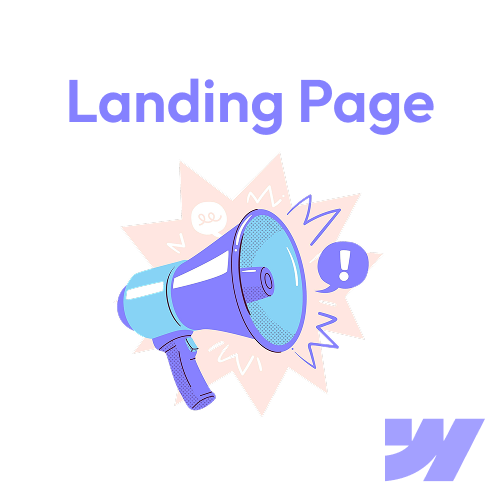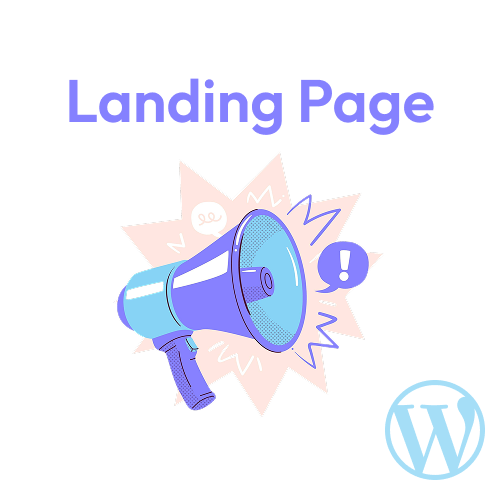In today’s fast-paced digital world, less is often more especially when it comes to web design. One of the most powerful yet underrated design elements is white space (also called negative space). Far from being “empty” space, white space is a strategic tool that enhances readability, user experience (UX), and conversions.
In this post, we’ll explore why white space matters in modern web design, how it impacts SEO and UX, and best practices for using it effectively optimized for search engines to attract more visitors to your web design studio website.
What Is White Space?
White space refers to the empty areas between design elements text, images, buttons, and other components. It can be:
- Macro white space (large gaps between sections)
- Micro white space (smaller spacing between lines, letters, or UI elements)
Contrary to its name, white space doesn’t have to be white it can be any color, texture, or background that creates visual breathing room.
Why White Space Matters in Web Design
1. Improves Readability & Content Scannability
- Dense, cluttered layouts overwhelm users.
- Proper spacing increases comprehension by 20% (Human Factors International).
- Users scan websites in F-patterns or Z-patterns—white space helps guide their eyes.
2. Enhances User Experience (UX)
- White space reduces cognitive load, making navigation intuitive.
- Key elements (CTAs, forms, value propositions) stand out better.
- Example: Apple’s website uses white space to highlight products and create luxury appeal.
3. Boosts Conversions & Engagement
- A study by Crazy Egg found that proper use of white space increased conversions by 20%.
- More focus on CTAs = higher click-through rates (CTR).
4. Strengthens Brand Perception
- Luxury brands (e.g., Rolex, Tesla) use generous white space to convey elegance and exclusivity.
- Clean layouts appear more professional and trustworthy.
5. Improves SEO (Indirectly)
- Google prioritizes user-friendly websites with good UX signals.
- Lower bounce rates (from better readability) = higher rankings.
- Faster load times (less visual clutter) = better Core Web Vitals.
Best Practices for Using White Space Effectively
1. Prioritize Content Hierarchy
- Use white space to separate sections (headers, paragraphs, images).
- Important elements (CTAs, pricing) should have more breathing room.
2. Optimize Line Spacing & Typography
- Line height (leading): 1.5x font size for readability.
- Paragraph spacing: At least 1.5x line height.
3. Balance Density & Minimalism
- Too much white space can look incomplete; too little feels cluttered.
- Test different layouts with A/B testing.
4. Use White Space in Navigation
- Dropdown menus, buttons, and links need clear spacing to avoid misclicks.
5. Mobile-First White Space
- On small screens, white space prevents fat-finger errors.
- Ensure touch targets (buttons) are well-spaced (minimum 48x48px).
Common White Space Mistakes to Avoid
❌ Filling every pixel – Cluttered designs overwhelm users.
❌ Inconsistent spacing – Random gaps look unprofessional.
❌ Ignoring responsive design – White space should adapt to all screen sizes.
Real-World Examples of Effective White Space
- Apple – Ultra-clean layouts emphasize product imagery.
- Dropbox – Ample spacing makes their value proposition clear.
- Medium – Focuses on readability with generous margins.
Is Your Website Too Cluttered?
If your site has:
- High bounce rates
- Low time-on-page
- Poor conversion rates
A strategic redesign with white space optimization could be the solution.
🚀 Need a modern, high-converting website? Contact our web design studio for a free UX audit.







